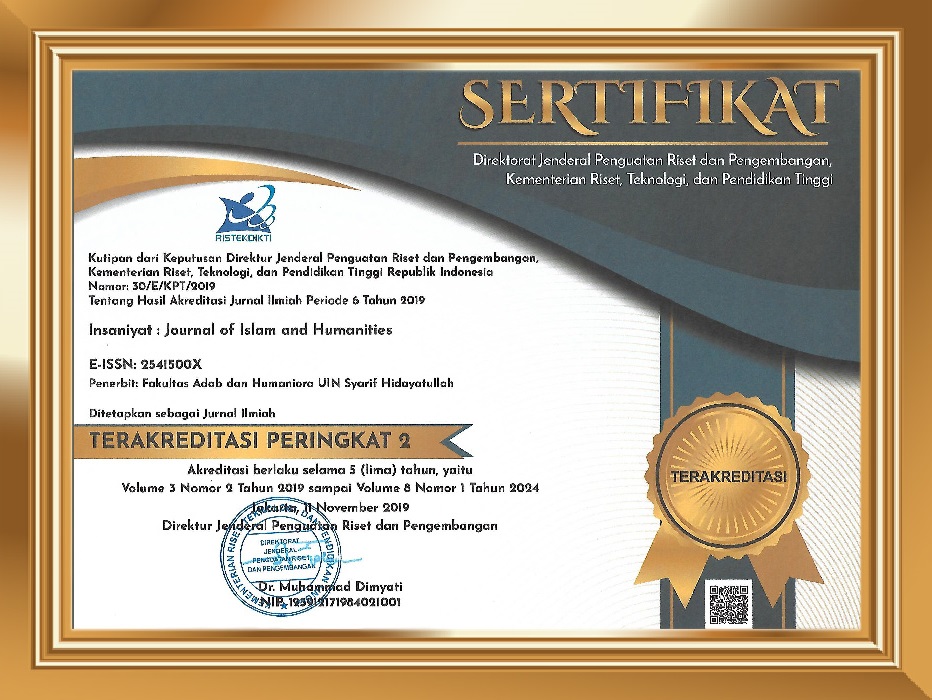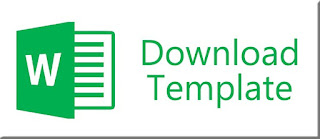Creative Moves in Cimory's Milk Billboard Ads Targeting Young Adults and Adults: A Genre Analysis
Abstract
Keywords
References
Amirullah, F., & Aesthetika, N. M. (2024). Analisis Resepsi Masyarakat Terhadap Desain Grafis pada Billboard Kampanye Program Pemerintah Daerah. Jurnal Desain Komunikasi Visual, 1(1), 1-12. https://doi.org/10.47134/dkv.v1i1.2621
Anggraini, L., & Kirana, N. (2018). Desain Komunikasi Visual: Panduan untuk Pemula. Nuansa Cendekia.
Atanga, L. L., & Betrand, N. N. (2019). Competitive Energy Drinks Advertisements on Bill Boards in Cameroon: A Critical Discourse Analysis. International Journal of Innovative Science and Research Technology, 4(1), 529–537.
Bhatia, V. (2014). Worlds of Written Discourse: A Genre-Based View. New York: Bloomsbury.
Belch, G. E., & Belch, M. A. (2018). Advertising and promotion: An integrated marketing communications perspective. Mcgraw-hill.
Caerinna. [@caerinna]. (2024). Ngakak banget sihh Billboard nya [Post]. X. https://x.com/caerinna/status/1790364101405032632
Catanescu, C., & Tom, G. (2001). Types of Humor in Television and Magazine Advertising. Review of Business, 22(1/2), 92–95.
Chaidet, C., & Pupipat, A. (2021). Move Analysis of Women and Men’s Personal Care Product Online Advertisements. Journal of Studies in The English Language, 22-51. https://so04.tci-thaijo.org/index.php/jsel/article/view/248582
Creswell, J. W. (2013). Qualitative inquiry and research design: Choosing among five approaches (3rd ed.). Thousand Oaks, CA: Sage Publications.
Demon, A. [@bulanminiii]. (2024). Cimory tau aja ya kalo Simatupang itu hampir setiap hari macet [Image attached] [Post]. X. https://x.com/bulanminiii/status/1786369729948733851
Deng, L., Laghari, T., & Gao, X. (2021). A genre-based exploration of intertextuality and interdiscursivity in advertorial discourse. English for Specific Purposes, 30-42.
Donthu, N., Cherian, J., & Bhargava, M. (1993). Factors influencing recall of outdoor advertising. Journal of Advertising Research. Retrieved from https://www.researchgate.net/publication/232584303
Duong, N. T. (2022). Genre characteristics of English advertisements. International Journal of Multidisciplinary Academic Research, 10, 28–38. Retrieved from http://multidisciplinaryjournals.com/wp-content/uploads/2022/10/Full-Paper-Genre-characteristics-of-English-advertisements.pdf
Firdous, M., Hanif, F., & Irshad, N. (2023). Socio-semiotic analysis of billboard advertisement through multimodality theory. Shnakhat, 52–70.
Istrimu, I. [@chichiochi_]. (2024, May 2). Ini Cimory ngeledek banget sih, meskipun belum sebanyak rasa susu Cimory setidaknya cintaku padanya sudah melimpah [Image attached] [Post]. X. https://x.com/chichiochi_/status/1786004681644552269
Kayi. [@biwanglala]. (2024, May). Makin lama marketingnya makin seru dan subtleee sukaaa [Post]. X. https://x.com/biwanglala/status/1788969325870870807
Kathpalia, S. S. (1992). A genre analysis of promotional texts. Singapore: National University of Singapore.
Khedri, M., Hasan, E., & Kritsis, K. (2022). Rhetorical structure and persuasive features of advertising: An intercultural analysis of English and Arabic online advertisements. Russian Journal of Linguistics, 26(3), 596–624.
Kress, G., & van Leeuwen, T. (2021). Reading images: The grammar of visual design (3rd ed.). New York, NY: Routledge.
Labrador, B., Ramón, N., Alaiz-Moretón, H., & Sanjurjo-González, H. (2014). Rhetorical Structure and Persuasive Language in the Subgenre of Online Advertisements. English for Specific Purposes, 34, 38–47. https://doi.org/10.1016/j.esp.2013.10.002
Moleong, L. J. (2011). Metodologi penelitian kualitatif. Bandung: Remaja Rosdakarya.
Nisha, S. K., & Suriyok, K. (2023). The influence of brand image, food delivery service, content creator credibility, and price on Cimory product purchasing decisions. Enrichment: Journal of Management, 13(2), 674–685.
Maghraby, T. M., Elhag, A. E., Romeh, R. M., ELhawary, D. M., & Hassabo, A. G. (2024). Journal of Textiles, Coloration and Polymer Science.
Egyptian Society for Textile Science and Technology, 21(2), 355-363. https://doi.org/10.21608/jtcps.2024.259014.1270
Mike. [@mikemayvitaa]. (2024). ketagihan susu cimory yang rasa ini, kemakan iklan nih wkwk [Post]. X. https://x.com/mikemayvitaa/status/1797927892267176265
Munsch, A. (2021). Millennial and generation Z digital marketing communication and advertising effectiveness: A qualitative exploration. Journal of Global Scholars of Marketing Science, 31(1), 10-29. https://doi.org/10.1080/21639159.2020.1808812
O'Guinn, T. C., Allen, C. T., Semenik, R. J., & Close, A. (2009). Advertising and integrated brand promotion. Mason: South-Western.
Rohmah, F. N., & Suhardi. (2020). Critical Discourse Analysis on TV Advertisements for Beauty Products. Indonesian Journal of EFL and Linguistics, 453-470. https://doi.org/10.21462/ijefl.v5i2.316
Rose, G. (2016). Visual methodologies: An introduction to researching with visual materials (4th edition). London: SAGE Publications Ltd.
Suciana, T. P., Saharudin, & Sukri. (2020). Slang Vocabulary in the Novel Digitate and its Relation to Language Learning in High School. Jurnal Bahasa, Sastra, dan Pendidikan, 29-41. https://doi.org/10.29303/kopula.v2i2.2734
Swales, J. M. (1990). Genre Analysis: English in academic and research settings. Cambridge: Cambridge University Press.
Yu, B. (2019). Multimodal Discourse Analysis of Posters. Advances in Social Science, Education and Humanities Research, (368), 407-411. http://doi.org/10.2991/icassee-19.2019.83
DOI: 10.15408/insaniyat.v9i2.44894
Refbacks
- There are currently no refbacks.






